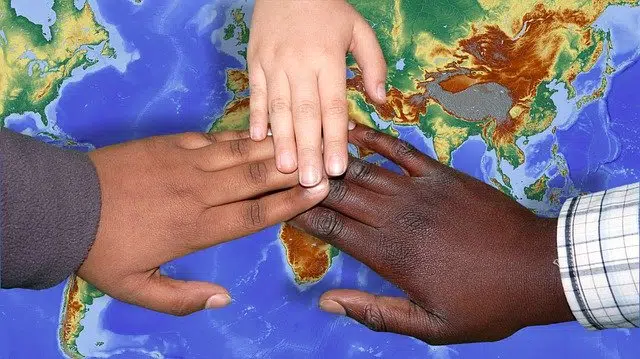
The movements of human groups are called migratory movements.
The action and effect of moving is known as motion . This term has several meanings: it can be the state of a body while it changes position or place; of the development and dissemination of a trend or doctrine; or an alteration or shock.
Migratory , for its part, is an adjective that refers to someone who emigrates. Migratory is what belongs to or is related to the migration or emigration of people, or to the periodic trips made by some animals.
What are migratory movements
Migratory movements , therefore, are those that contemplate movements of human groups . The concept is usually used in relation to a change of residence: people who emigrate stop living in a town, city or country, and start living in a different one.
In addition to all the above, we would have to establish that migration is usually classified into these groups:
• Depending on their character, it can be voluntary, when they seek a better life, or forced, when they leave their residence against their will or because they are in danger.
• Depending on the time, we find permanent migration, when you will remain for life or permanently, and temporary, when you will stay for a period but then return home.
• Depending on the destination, migration can be internal, when you stay in the same country, or international, when you change nations.
To understand a migratory movement, its two dimensions must be considered. On the one hand, we have emigration , which is the departure of people from their region to settle in another. On the other hand, we find immigration , which is the arrival to a region of people from another place.

Migratory movements involve a double phenomenon: emigration and immigration.
The case of Spain
In the case of Spain, it should be noted that there were numerous nationals who, in contemporary times, found themselves in the need to leave the country due to the terrible economic conditions that existed or due to the harsh political and repressive stages that were taking place. . Thus, for example, decades ago many Spaniards chose different cities in South America such as Argentina, Venezuela or Chile, among others.
Precisely to be able to study this Spanish emigration in depth, there is the Ibero-American Migratory Movements Portal, which depends on the Spanish Ministry of Education, Culture and Sports. Its objective is none other than to promote and make accessible access to the different archives and documentary collections that are available in this regard.
Texts, images and even videos give shape to the aforementioned database, which can be accessed for free and is the result of cooperative work between Spain and Latin America.
Industrialization and migratory movements
One of the most important migratory movements in history occurred in the 19th century , when people began to abandon rural life in the fields and began to settle in the cities following industrialization. In this way, the fields suffered the emigration of their inhabitants, while the cities began to be populated by the immigration of peasants.
It is possible to distinguish between internal migratory movements (which occur within a country) and external (with transfers from one country to others). External migratory movements are more complex, since each State has its own rules to allow or reject the entry and residence of foreign citizens.
